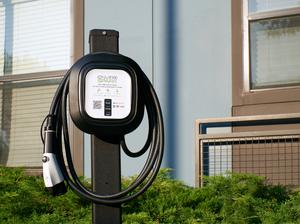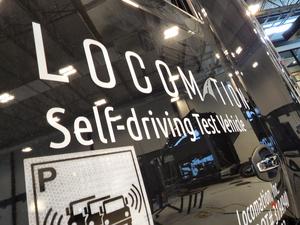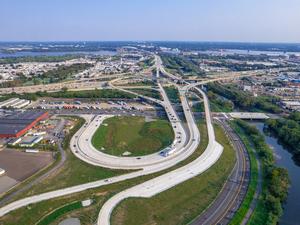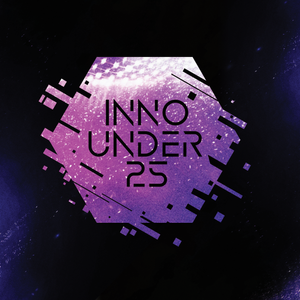
Workers at the Philadelphia Navy Yard will soon see a self-driving, passenger-free bus navigating the roads of its expansive campus.
Plans were unveiled on Thursday for Pennsylvania's first autonomous vehicle, which will launch a pilot program at the South Philadelphia property by the end of the year.
A single bus will start running without passengers in the coming weeks, about a month after Gov. Tom Wolf signed House Bill 2398 allowing autonomous vehicles on the road in Pennsylvania. The Navy Yard, which positions itself as a hub of innovation, is set to be at the forefront of such technology. The commonwealth may use the pilot as a blueprint for future plans elsewhere.
The initial phase for the Navy Yard's autonomous bus is expected to run for about six months. After, the first phase will commence and see the bus transport passengers within the Navy Yard, according to officials from Philadelphia Industrial Development Corp. The city's quasi-public economic development agency is tentatively eyeing July for passenger use of the zero-emission vehicle. PIDC worked closely with Gov. Wolf's office and PennDOT to have the shuttle ready shortly after HB 2398 was signed.
Following a successful first phase, for which a timeline has not been determined, the project will then look to add routes that connect passengers at the Navy Yard to nearby NRG Station, part of SEPTA's Broad Street line located near the South Philadelphia Sports Complex.
"It's a pretty innovative pilot program," said Kate McNamara, PIDC's senior vice president at the Navy Yard. "[It's] going to help us connect more workers in the Navy Yard to restaurants and other destinations within the Navy Yard, then NRG station. [The autonomous vehicle] will augment our service and will be critical for us to grow and build out new buildings and it's critical for sustainability objectives as well."
The bus is made by Charlottesville, Virginia-based Perrone Robotics, whose autonomous vehicles are fully electric and can seat up to 19 passengers. PIDC has not disclosed how many vehicles it is planning to purchase or the cost of purchase, but said ithopes to build out the fleet as the phased project progresses.
The Navy Yard currently offers shuttle routes on traditional buses to NRG Station and Center City. McNamara said that PIDC has been working closely with city officials to help make transit to and from the Navy Yard more accessible, and the autonomous vehicle will be yet another way for more people to access the Navy Yard — both for work and leisure.
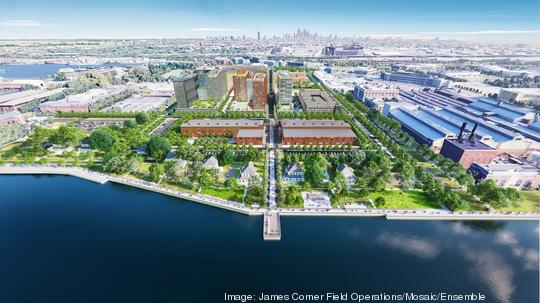
The Navy Yard is currently home to over 150 companies, including Rite Aid, Urban Outfitters, FS Investments, a growing swath of life sciences tenants and various U.S. Navy operations. It is set to receive $6 billion in investment for nearly 9 million square feet of development over the next decade, further growing the number of companies there.
"Shared autonomous vehicles, such as this zero-emission shuttle that will connect the Navy Yard and NRG station, will demonstrate how this innovative technology can support safe and sustainable cities in the future by supporting existing transit systems and expanding their reach,” said Mayor Jim Kenney in a statement.
The project is a collaboration between a number of public and private entities including PIDC, the Delaware Valley Regional Planning Commission, the Pennsylvania Department of Transportation, AECOM, Perrone Robotics and Drexel University.
Dallas-based infrastructure consulting firm AECOM will assist with program management and the deployment of the vehicle through an existing partnership with PennDOT. Drexel engineering researchers will help analyze the shuttle's performance and feedback from riders to inform future deployments.
